Welcome to the beautiful realm of decorative wood art! If you’re looking to elevate your home décor and bring a touch of nature indoors, you’ve come to the right place. As someone who has spent years exploring the intricate designs and versatile applications of decorative wood art, I’m excited to share my knowledge and experiences with you. This guide will cover everything from techniques and styles to tips on how to incorporate wood art into your living space.
What is Decorative Wood Art?
Decorative wood art refers to artistic creations made from wood that serve primarily aesthetic purposes. These pieces can range from small decorative items like carved figurines and wall hangings to large installations that serve as focal points in a room. The beauty of wood art lies in the unique textures, grains, and patterns inherent to each piece of wood.
Types of Decorative Wood Art
1. Carved Wood Art
Carving wood involves shaping the material into various forms. This style can range from traditional sculptures to modern artistic expressions.
Common Carving Techniques
- Relief carving
- Free-standing carving
- Whittling
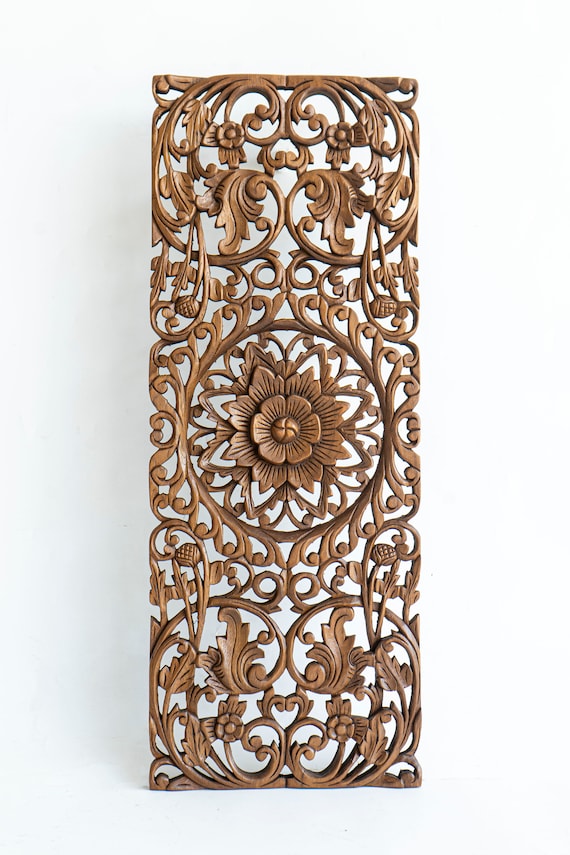
2. Woodturning
This technique uses a lathe to shape wood into symmetrical objects, such as bowls, vases, and goblets.
Key Tools for Woodturning
- Lathe
- Gouges and chisels
- Sandpaper
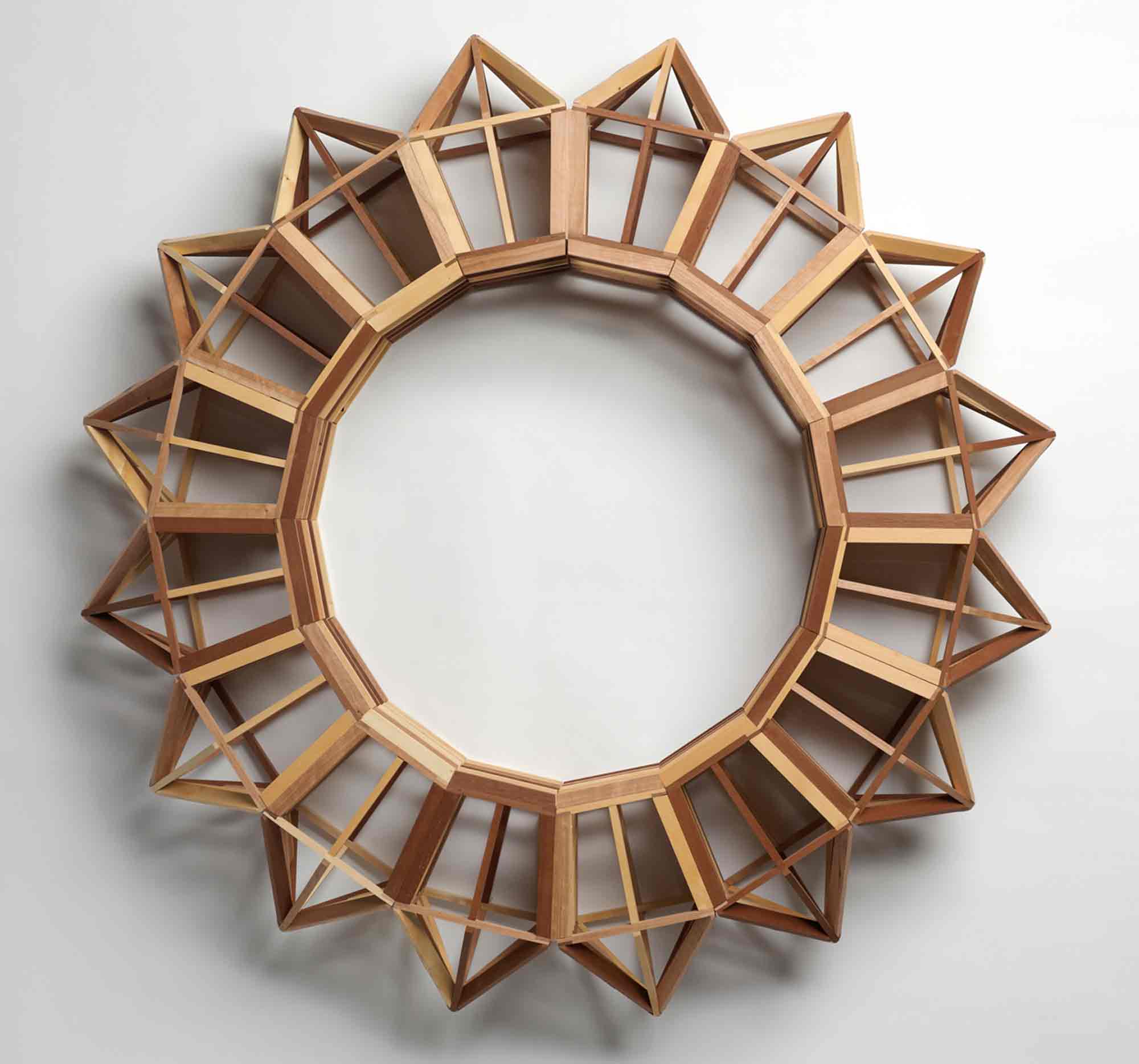
3. Pyrography
Pyrography, or wood burning, involves using heat to create designs on wood surfaces. This technique can produce intricate patterns and images.
Popular Pyrography Tools
- Pyrography pen
- Stencils
- Various tip sizes
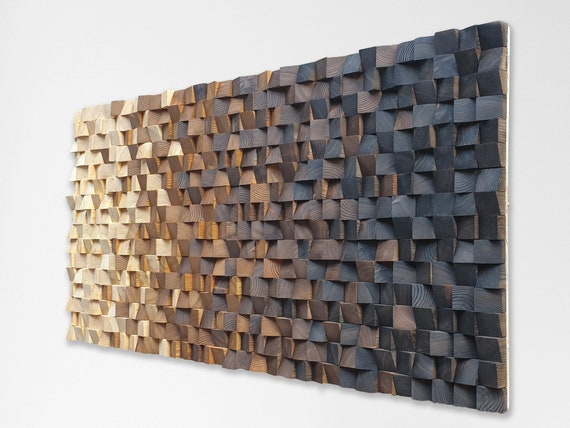
Why Choose Decorative Wood Art?
In a world dominated by synthetic materials, decorative wood art brings warmth and a connection to nature into your home. Here are some compelling reasons to choose wood art:
1. Unique Aesthetic Appeal
Each piece of wood has its own unique grain and texture, making every artwork distinct. This uniqueness can add a personal touch to your interior design.

2. Versatility
Wood art can complement various styles, from rustic and farmhouse to modern and minimalistic. It fits beautifully in any space, be it the living room, kitchen, or office.
3. Sustainability
Many wood artists use reclaimed or sustainably sourced wood, making decorative wood art an eco-friendly choice for home décor.
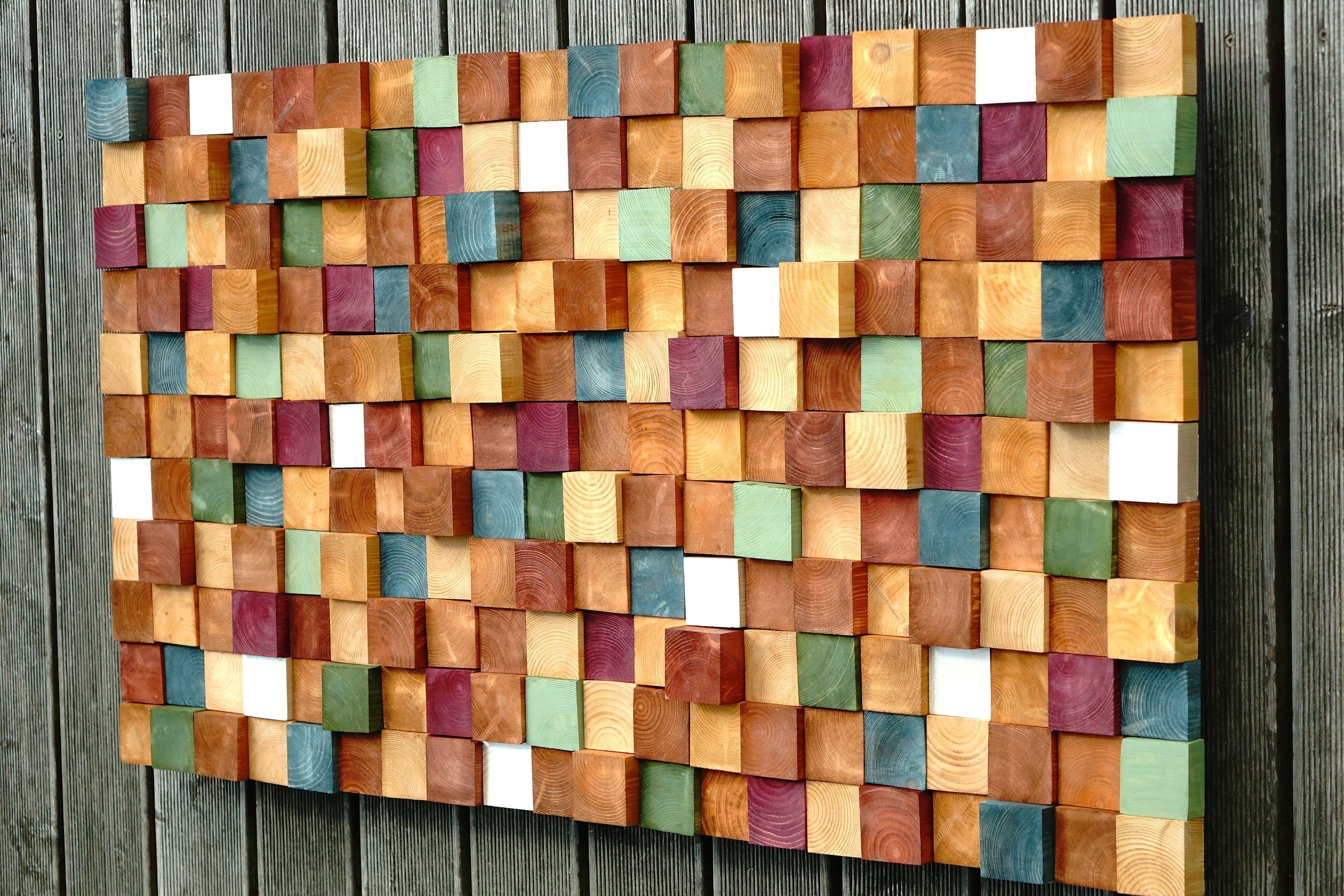
How to Incorporate Decorative Wood Art in Your Home
1. Focal Points in Living Rooms
Large wooden sculptures or wall art can become stunning focal points. Consider placing a wooden wall hanging above the sofa or an intricate sculpture on a side table.
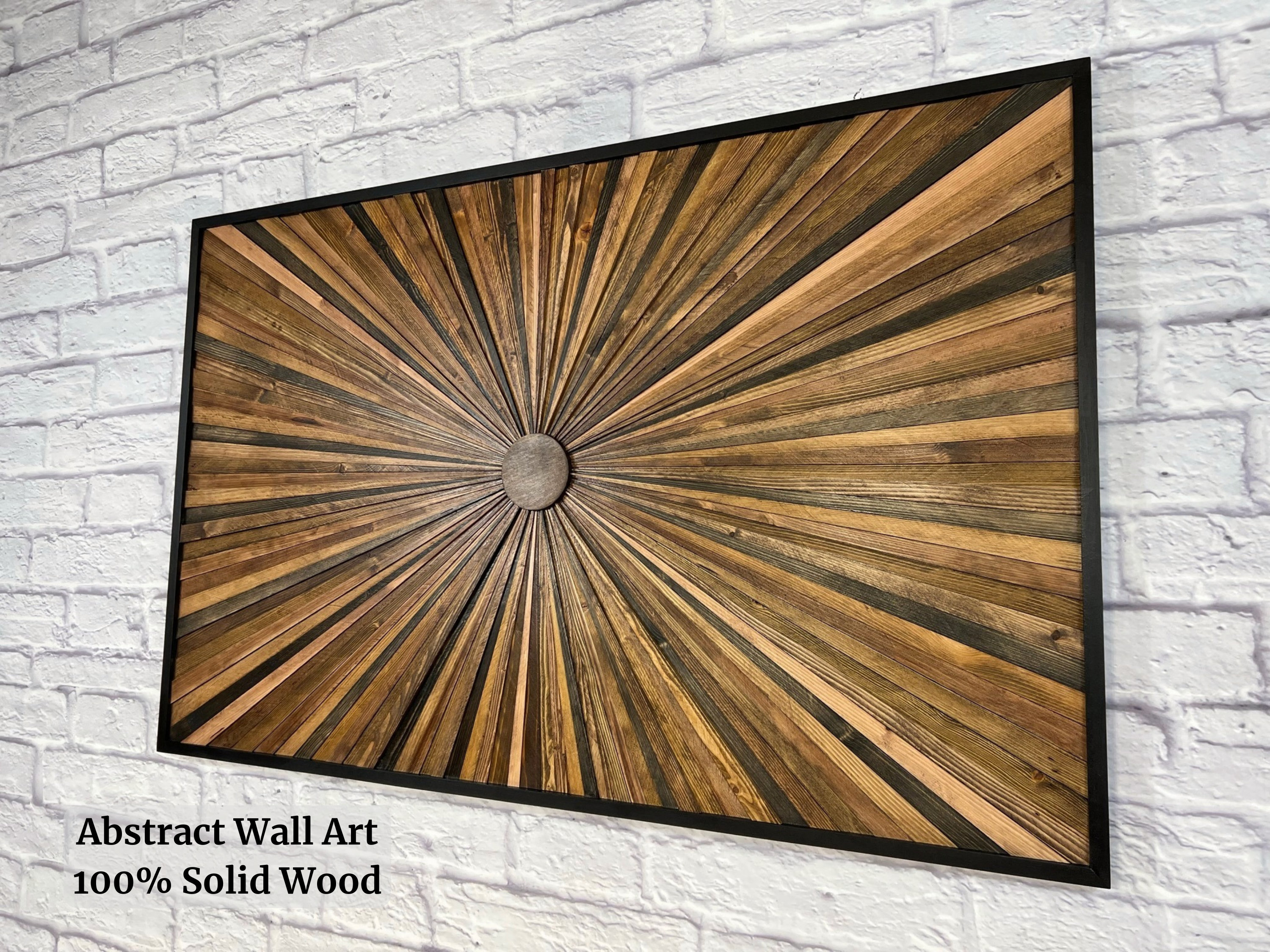
2. Accents in Dining Areas
Centerpieces made of wood, such as wooden bowls or carved pieces, can enhance your dining experience. They add a natural touch that’s both inviting and stylish.
3. Themes in Home Offices
Incorporate wooden art pieces that inspire creativity and tranquility. A wooden desk or a decorative wood art piece can create a warm and productive workspace.
Comparative Overview of Different Wood Art Techniques
| Technique | Material | Skill Level | Common Uses |
|---|---|---|---|
| Carving | Soft and hard woods | Intermediate to Expert | Sculptures, reliefs |
| Woodturning | Various hardwoods | Beginner to Expert | Bowls, vases |
| Pyrography | Any wood type | Beginner to Expert | Wall art, ornaments |
Pros and Cons of Decorative Wood Art
Pros
- Natural beauty and warmth
- Unique pieces create a personalized space
- Various styles and techniques available
- Eco-friendly options
Cons
- May require maintenance to preserve the finish
- Susceptible to pests if not properly treated
- Some techniques require specialized skills
Choosing the Right Wood for Your Art
The choice of wood significantly affects the final look of your decorative art. Here’s a quick guide to common wood types used in decorative wood art:
1. Maple
Maple is known for its light color and fine texture, making it easy to carve and ideal for detailed work.
2. Oak
Oak has a prominent grain and is sturdy, making it suitable for larger pieces and functional art.
3. Walnut
Walnut is prized for its rich color and luxurious appearance. It is often used in high-end decorative pieces.
4. Pine
Pine is lightweight and easy to work with, making it an excellent choice for beginners and smaller projects.
Personal Experience: My Journey with Decorative Wood Art
As a novice artist, I began my love affair with wood art about five years ago when I stumbled upon a local artist’s exhibition. The intricate designs and unique textures drew me in, and I decided to experiment with wood carving at home. I bought a few tools and started small, creating simple pieces like coasters and picture frames.
Fast-forward to today; I’ve expanded my skills into pyrography and woodturning. Each project has taught me something new, allowing me to discover my style and preferences. Creating custom pieces for friends and family has been incredibly rewarding, and seeing their reactions is always a delight.
FAQs about Decorative Wood Art
1. What types of wood are best for decorative wood art?
Softwoods like pine and hardwoods like walnut and maple are popular choices. Each type offers unique characteristics that can enhance your art.
2. How can I maintain my decorative wood art?
To maintain your pieces, keep them away from direct sunlight and humidity. Regular dusting and the occasional application of wood conditioner can help preserve their beauty.
3. Can I create decorative wood art as a beginner?
Absolutely! There are many beginner-friendly projects available, and with practice, you can develop your skills over time.
4. Where can I find decorative wood art to buy?
You can find hand-crafted wood art pieces at local artisan markets, galleries, and online platforms like Etsy or specialized wood art stores.
5. Is decorative wood art a sustainable option?
If sourced from reclaimed or sustainably harvested wood, decorative wood art can be a very eco-friendly choice.
Final Thoughts
Decorative wood art offers an endless array of possibilities for enhancing your home décor. Whether you choose to create your pieces or purchase from talented artisans, wood art can add a warm, organic touch to your environment. With the knowledge and tips provided in this guide, you’re now equipped to embark on your journey into the wonderful world of decorative wood art. So go ahead—get inspired, get creative, and let the beauty of wood transform your space!